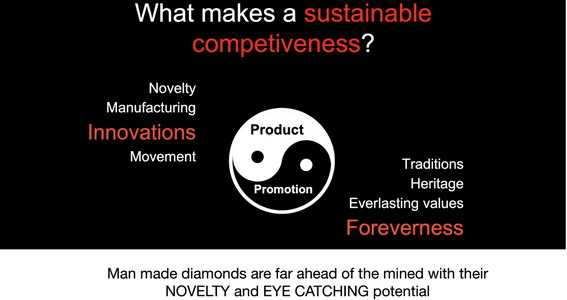- Joined
- Jul 27, 2009
- Messages
- 4,169
Serg,
I'm a sucker for the philosophical, so I'll play.
Yes, history is dotted with examples of courageous and brilliant people who dared to challenge the status quo and who succeeded in big ways, sometimes changing the very course of history. But the multitudes that tried and became roadkill are never heard from again! Thus, it may be smarter in many cases to lobby for incremental change rather than sea change.
It could be that Garry's focus on this issue is more likely to result in an improvement in the governing rules, whereas expecting a major ground-up change from retailers may be less realistic.
Successful revolutions can sometimes move us forward, while failed insurrections just result in a bunch of people going to jail for seditious conspiracy.
And sometimes the flea is annoying enough to get a reaction from the elephant. (no offense Garry).
I'm a sucker for the philosophical, so I'll play.
Yes, history is dotted with examples of courageous and brilliant people who dared to challenge the status quo and who succeeded in big ways, sometimes changing the very course of history. But the multitudes that tried and became roadkill are never heard from again! Thus, it may be smarter in many cases to lobby for incremental change rather than sea change.
It could be that Garry's focus on this issue is more likely to result in an improvement in the governing rules, whereas expecting a major ground-up change from retailers may be less realistic.
Successful revolutions can sometimes move us forward, while failed insurrections just result in a bunch of people going to jail for seditious conspiracy.
And sometimes the flea is annoying enough to get a reaction from the elephant. (no offense Garry).




300x240.png)